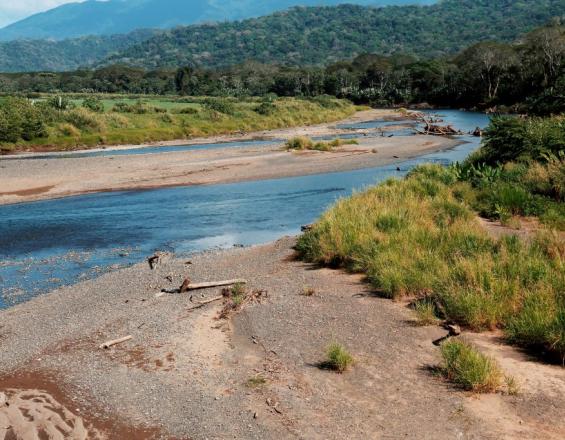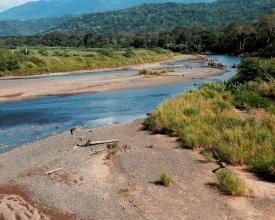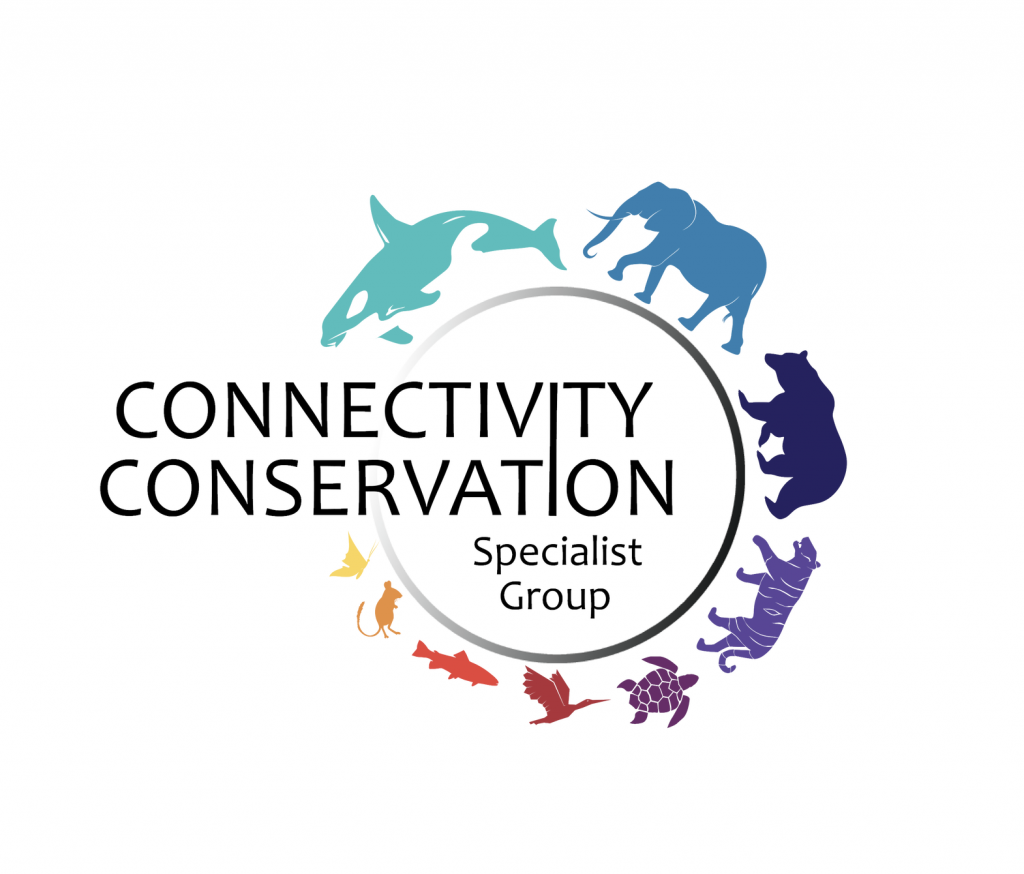Connectivity, ecosystem services and Nature-based Solutions in Land-use planning in Costa Rica

In Costa Rica, land management plans are a tool that local governments can use to generate regulations that complement protected areas and ecological corridors. These three elements are complementary and must be developed in an integrated fashion to achieve a systematic approach to planning. Management plans implement ecological corridors through tools such as the establishment of specific areas for focal species; the preservation of agricultural areas that function as biological, conservation and sustainable tourism corridors; the creation of buffer zones; and the zoning of aquifer recharge zones for the protection of water resources. Through the University of Costa Rica’s Sustainable Urban Development Research Program (UCR-ProDUS in Spanish), land management plans for more than a dozen municipalities have been developed, including the protected areas Corcovado National Park, Piedras Blancas National Park, Ballena Marine National Park, Juan Castro Blanco Water National Park and Carara National Park.
Context
Challenges addressed
Location
Impacts
Land management can be an ally of conservation and sustainable development. It can promote ecological connectivity by strengthening ecological corridors that link protected areas. Currently, the Paso de las Lapas land management plan is in the final phase of the approval process. The regulations of the land management plan can help to:
- Reduce conflicts between owners and the municipality
- Protect ecological connectivity
- Promote ecotourism and other low-intensity activities
- Support the ecological corridor’s conservation objectives
- Restrict intensive uses such as residential and industrial development, and other incompatible land uses
- Protect fragile ecosystems such as wetlands and mountains



